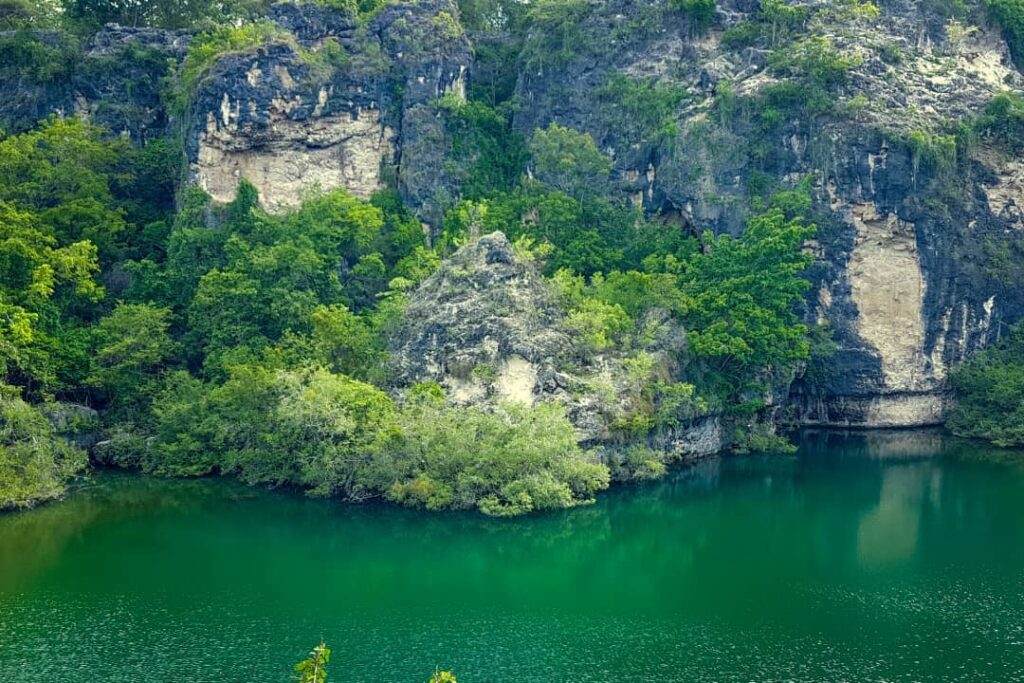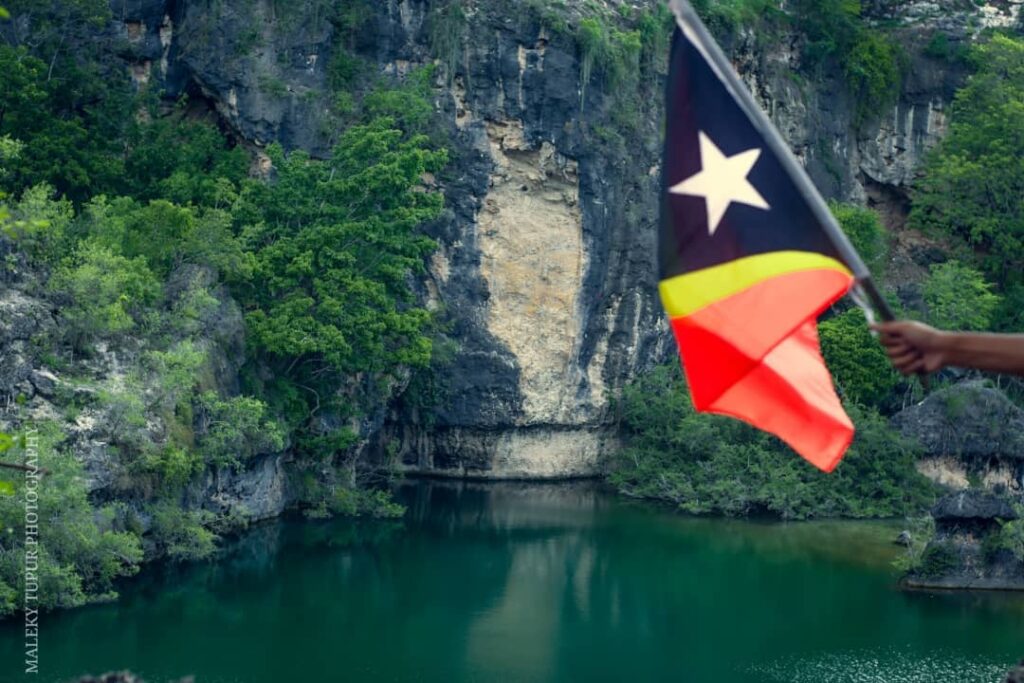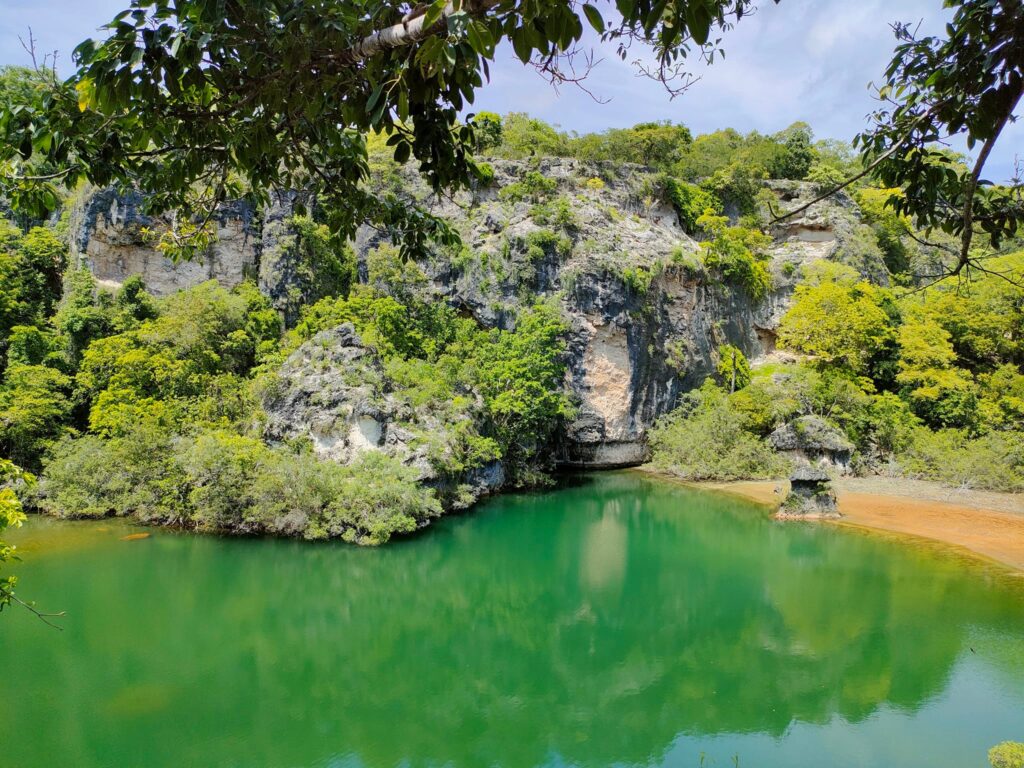Nestled within the eastern reaches of Timor-Leste, in the Lautém Municipality, lies a place shrouded in local legend and characterized by its serene beauty: Umun Ira. Often referred to as a lagoon or lake, Umun Ira is more than just a body of water; it’s a site interwoven with the cultural fabric and traditional beliefs of the communities that live in its vicinity. While perhaps not as widely known as some of Timor-Leste’s coastal or mountainous attractions, Umun Ira offers a unique glimpse into the spiritual and natural heritage of this fascinating nation.
A Place of Myth and Mystery:
The name “Umun Ira” itself carries weight within local folklore. In the Fataluku language, spoken widely in the Lautém region, “Umun” can refer to a spring or source of water, while “Ira” often connects to ancestral spirits or sacred places. Thus, Umun Ira is often understood as a sacred water source, a place where the spiritual realm and the natural world intertwine. Local legends often speak of the lake being inhabited or protected by ancestral spirits, contributing to a sense of reverence and respect for the site. These beliefs can influence local customs and traditions surrounding the use and preservation of the area.
A Tranquil Lagoon Landscape:
Visually, Umun Ira is often described as a tranquil lagoon or a small lake, its size potentially fluctuating with the seasons. Surrounded by lush vegetation, it offers a peaceful and picturesque setting. The calm waters reflect the surrounding greenery, creating a mirror-like image that enhances the sense of serenity. It’s a place where the sounds of nature – the rustling of leaves, the calls of birds – often dominate, providing a welcome escape from more populated areas.
Connection to Ira Lalaro:
Umun Ira is geographically situated near the larger and more well-known Lake Ira Lalaro, Timor-Leste’s largest lake, located within the Nino Konis Santana National Park. Some sources even refer to Umun Ira as a lagoon connected to or part of the broader Ira Lalaro ecosystem. This proximity suggests that Umun Ira shares some of the ecological characteristics of the region, which is known for its karstic formations, freshwater wetlands, and unique biodiversity, including endemic species like the Timor snake-necked turtle.
A Point of Interest in Lautém:
Within the Lautém Municipality, which boasts natural wonders like Jaco Island and Mount Paitchau, Umun Ira is recognized as a point of interest. While perhaps not drawing the same volume of tourists as the coastal or mountainous highlights, it offers a different kind of appeal – one rooted in local culture, tranquility, and a connection to the spiritual landscape. For visitors interested in delving deeper into the traditions and natural beauty beyond the main tourist trails, Umun Ira presents an opportunity for a more authentic and less crowded experience.
Potential for Ecotourism:
As Timor-Leste increasingly focuses on developing sustainable ecotourism, sites like Umun Ira hold potential. Respectful and community-based tourism initiatives could allow visitors to appreciate the natural beauty and cultural significance of the lagoon while ensuring that local communities benefit and the environment is protected. This might involve guided walks that incorporate local legends and traditional ecological knowledge, or opportunities to learn about the cultural significance of the water source.
Preserving the Sacred Waters:
The continued preservation of Umun Ira is crucial, not only for its ecological value but also for its cultural importance to the local communities. Balancing any potential tourism development with the need to respect traditional beliefs and protect the natural environment will be key to ensuring the long-term well-being of this special place.
In conclusion, Umun Ira in Timor-Leste is more than just a body of water. It’s a place where nature and legend intertwine, offering a tranquil escape and a glimpse into the rich cultural heritage of the Lautém region. As Timor-Leste continues to explore its tourism potential, sites like Umun Ira stand as reminders of the importance of preserving both the natural beauty and the deep-rooted traditions that make this nation so unique.




